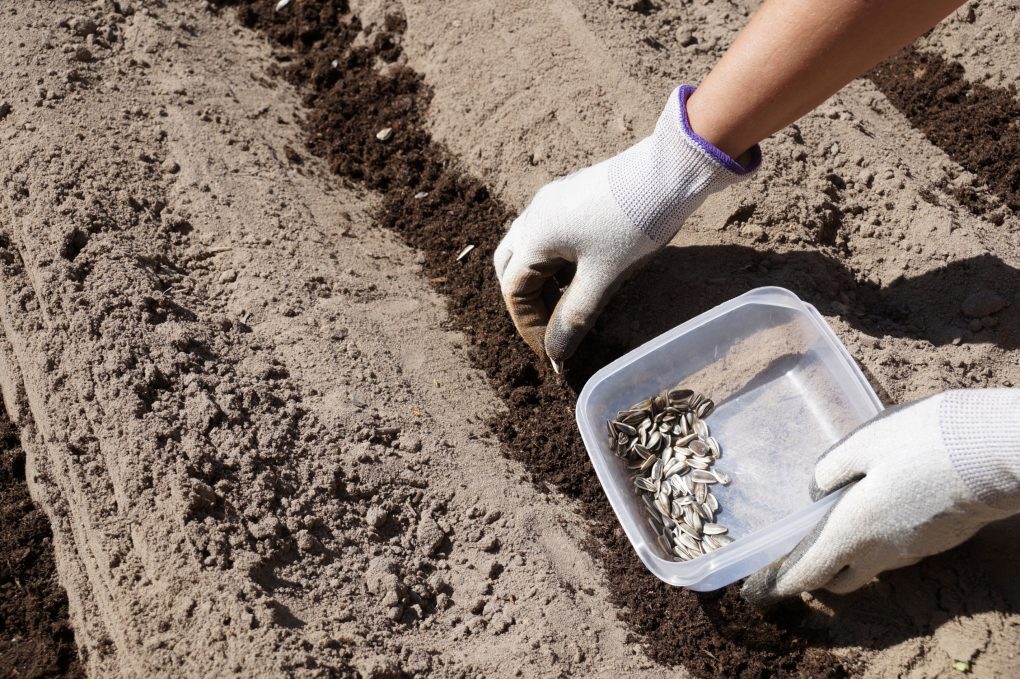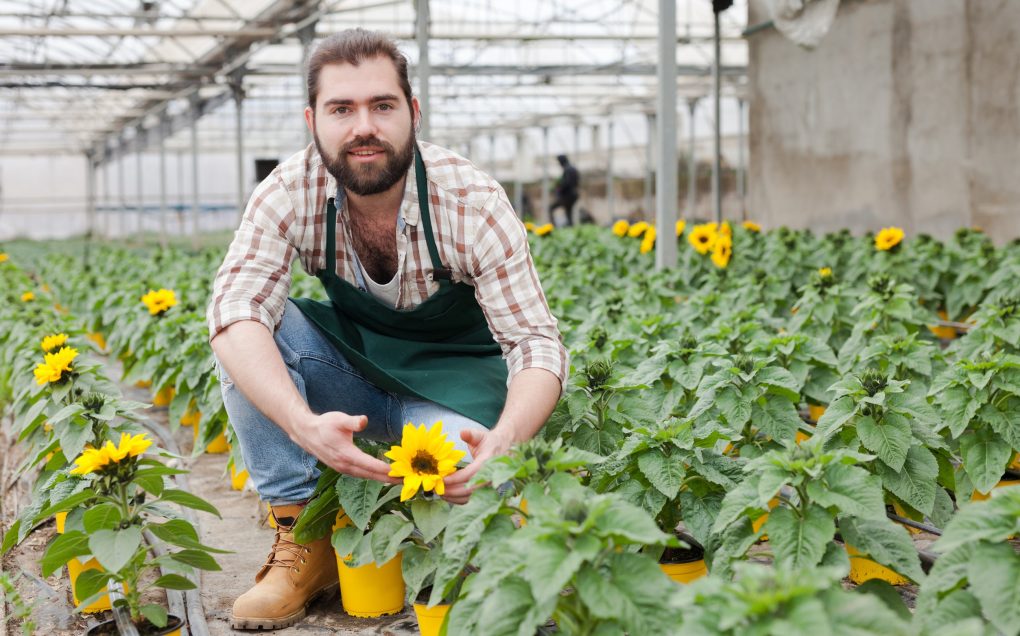When Do Sunflowers Grow Best: A Guide to Optimal Growing Conditions
Sunflowers grow best during warm weather and full sun conditions. The perfect temperature range for sunflowers is between 64-91°F (18-33°C), with nighttime temperatures above 50°F (10°C). Regarding planting, sunflowers should be planted after the last spring frost and when soil temperatures have reached at least 50°F (10°C). Sunflowers can take anywhere from 70 to 100 days to reach maturity.

Table of Contents
Climate and Temperature
Sunflowers are native to North America and grow best in warm, sunny climates. They are hardy plants that can tolerate various temperatures, but there are some important factors to consider when growing sunflowers.
Sunflower Varieties
There are many different varieties of sunflowers, each with specific growing requirements. Some varieties are better suited for cooler climates, while others thrive in hot, dry conditions. When choosing a sunflower variety, it’s important to consider the climate and temperature of your growing area.
For example, the Dwarf Sunflower and the Russian Sunflower are well-suited for cooler climates, while the Titan Sunflower and the Italian White Sunflower prefer hot, dry conditions.
Temperature Requirements
Although sunflowers can tolerate various temperatures, they grow best in warm conditions. The optimal temperature range for growing sunflowers is between 64-91°F (18-33°C).
When planting sunflowers, it’s important to wait until after the danger of frost has passed and the soil temperature is near 50 degrees Fahrenheit, according to North Dakota State University. This typically occurs between March and May, depending on the location.
Sunflowers also require good air circulation and well-draining soil to prevent root rot and other diseases. They can handle high humidity, but ensuring the soil is not waterlogged is important.
Soil and Water

Soil Requirements
Sunflowers are pretty picky when it comes to soil. They can grow in almost any soil, including poor, dry soils. However, they thrive in well-drained soil containing a good amount of organic matter.
Test your soil before planting sunflowers to determine the pH level. Sunflowers grow best in slightly acidic soil with a pH range of 6.0 to 6.8. Lime can be counted to raise the pH if it’s too acidic, while sulfur can be added to lower it if it’s too alkaline.
Water Requirements
Sunflowers need 1-2 inches (2-4 cm) of water for optimal growth each week. This amount can be modified based on the type of soil in your garden, the weather, and whether you’re growing a giant sunflower or dwarf variety. When watering sunflowers, water the soil thoroughly (deep watering) so it sinks around 6 inches below the surface. This stimulates the plant to grow deep roots, which will help it withstand drought conditions.
It is best to water your sunflowers early or early in the evening as needed. If you water the sunflower during mid-day, it quickly evaporates before the roots can absorb it. Too late in the evening, the water sits in the soil and can cause wet roots and disease.
Planting Time

Adding sunflowers to your garden can enhance its beauty and attract pollinators. To ensure that you reap the most benefits from these flowers, it’s crucial to plant them at the appropriate time. There are three main methods for planting sunflowers: indoor seed starting, direct seeding, and succession planting.
Indoor Seed Starting
To give your sunflowers a better chance of survival, it’s recommended to start them indoors before the growing season begins. A good time to start sunflower seeds indoors is 4-6 weeks before the last frost date in your area. This allows the seedlings sufficient time to develop before transplanting them outside.
To start sunflower seeds indoors, it’s best to use a high-quality seed starting mix and plant them about 1/2 inch deep. Remember to maintain the soil moist but not too wet, and ensure the seedlings get plenty of light to grow strong. After the seedlings have grown their second set of leaves, they can be transplanted outdoors.
Direct Seeding
Direct seeding is the most common method for planting sunflowers. The best time to plant sunflower seeds directly in the ground is after the last frost date in your area when the soil has warmed up to at least 50°F. Sunflowers prefer loose, well-drained soil with a pH of 6.0 to 7.5.
When planting sunflower seeds directly in the ground, it is crucial to sow them about an inch deep and six inches apart. Adequate watering and moisture maintenance of the soil until the seedlings emerge is imperative. To ensure proper growth, thin the sunflowers to 18-24 inches apart once they have grown to about six inches.
Succession Planting
Succession planting involves planting sunflowers in stages to secure a continuous supply of blooms throughout the growing season. This procedure is particularly helpful for those who want to use sunflowers for cut flowers or those who want to enjoy sunflowers in their garden for as long as possible.
To succession plant sunflowers, plant the first batch of seeds at the beginning of the growing season, then plant additional batches every 2-3 weeks until about 12 weeks before the first frost date in your area. This will ensure a steady supply of blooms throughout the growing season.
Maintenance and Care

Sunflowers are relatively low-maintenance plants but require some care to ensure they grow to their full potential. Here are some tips to keep your sunflowers healthy and thriving:
Fertilization
Sunflowers are heavy feeders and require regular fertilization to grow strong and tall. It’s best to fertilize them when they are young and again when they are about to bloom. For best results, utilize a balanced fertilizer with equal nitrogen, phosphorus, and potassium. Be careful not to over-fertilize, leading to excessive foliage growth and weak stems.
Mulching
Based on observation, mulching around sunflowers can help maintain soil moisture and suppress weeds. Apply a layer of organic mulch, such as straw or chopped leaves, around the base of the plants. Keep the mulch a few inches away from the stem to prevent rot.
Pest and Disease Control
Sunflowers are generally resistant to pests and diseases but can still be susceptible to certain problems. For example, look for aphids, slugs, and snails, which can damage the leaves and flowers.
If you notice any signs of infestation, treat the plants with an insecticidal soap or other natural pest control method. Sunflowers can also be prone to fungal diseases like powdery mildew and rust. To prevent these problems, avoid overhead watering and space the plants out to allow for good air circulation. Following these simple maintenance and care tips, you can enjoy a beautiful and bountiful sunflower harvest.
